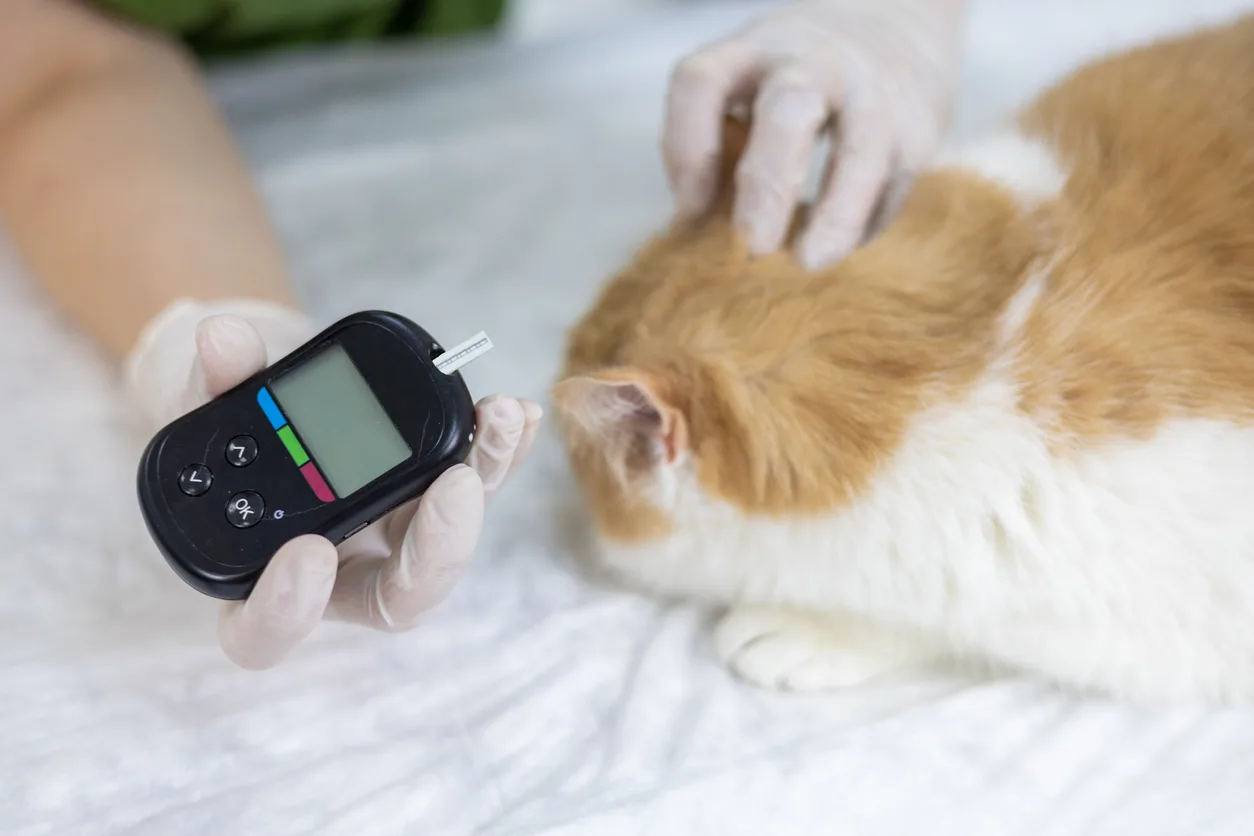
In the Literature
Cuddy LN, Hopper K, Burkitt-Creedon J, Epstein SE. Retrospective evaluation of acid-base analysis in dogs and cats with diabetic ketosis (2017-2021): 96 cases. J Vet Emerg Crit Care (San Antonio). 2025;35:65-72. doi:10.1111/vec.13447
The Research …
A traditional, simplified approach to acid-base analysis that focuses on pH, bicarbonate, and partial pressure of carbon dioxide is adequate in most patients, but this approach may be insufficient in patients with complex acid-base disturbances. In these patients, changes are best explained using a more quantitative approach referred to as the Stewart Model, but this may be cumbersome. A semiquantitative approach that assesses the contribution of other factors (including albumin, phosphorus, water, and chloride changes) has been developed and applied to dogs with hypoadrenocorticism.1
Diabetic ketoacidosis (DKA) is a significant complication of diabetes mellitus. Criteria for diagnosis typically include hyperglycemia, urinary or serum ketosis, and venous pH of <7.3 to 7.35 but may result in underdiagnosis of DKA.2 A high anion gap metabolic acidosis is most often diagnosed due to increases in unmeasured anions.
This retrospective study aimed to determine differences between traditional and semiquantitative acid-base analyses for evaluation of diabetic ketosis in dogs (n = 81) and cats (n = 15). Traditional analysis indicated a normal acid-base status in 20% of dogs and 6.7% of cats; semiquantitative analysis identified an acidotic process in 100% of cases and an alkalotic process in 93% of dogs and 100% of cats. With the inclusion criterion of pH <7.35, only 63% of dogs and 56% of cats were diagnosed with DKA. This discrepancy was most often attributable to an alkalotic effect due to corrected hypochloridemia, likely secondary to vomiting. Hypoalbuminemia in dogs also led to an alkalotic effect in 30% of cases.
With traditional analysis, a high anion gap was present in only 40% of dogs and 67% of cats. With semiquantitative analysis, 100% of cases had increased unmeasured anions, which suggests semiquantitative analysis has greater sensitivity for detecting unmeasured anions than traditional analysis.
… The Takeaways
Key pearls to put into practice:
Failure to diagnose DKA may result in delays in therapy that could increase morbidity and mortality.
Traditional acid-base analysis is likely to result in underdiagnosis in DKA in clinical cases, particularly in dogs. This discrepancy with semiquantitative analysis is most often due to the alkalotic effect of hypochloridemia and hypoalbuminemia resulting in a normal or even increased venous blood pH in dogs.
Semiquantitative analysis can be beneficial in diagnosing DKA and is easily performed by creating a spreadsheet using published equations and interpretation guidelines (see Suggested Reading).
You are reading 2-Minute Takeaways, a research summary resource presented by Clinician’s Brief. Clinician’s Brief does not conduct primary research.